Australian Commonwealth Florins coins
Standard-issue florins
The florins of Edward VII and George V share a common reverse designed by W.
H. J. Blakemore.
The series commenced in 1910 with a single year of issue bearing the effigy of
Edward VII. The obverse design was by George W. de Saules.
King Edward VII died on 6th May 1910 and George V assumed the British throne. Australian
florins bearing George V's effigy were minted in London, Birmingham, Melbourne and
Sydney during the years 1911 to 1936. There are no obverse die varieties reported
for any of the florins of that period, suggesting that there was a single master
die for the entire George V series. The obverse design was by Sir Edgar B. Mackennal.
With the death of George V in 1936 the crown passed to his elder son, Edward
VIII but he abdicated before any Australian coins were struck bearing his likeness.
His younger brother assumed the throne as George VI.
At this time Australian coinage was undergoing radical chages in design. In particular,
the Arms of Australia which had adorned the reverse of all the silver issues since
1910 had been obsolete since 1912 and was being replaced. Starting in 1938, florins
were minted with a new and very cluttered reverse design by George Kruger Gray featuring
the Australian Coat of Arms. The kangaroo and emu are more stylistic than their
earlier counterparts but at least the emu looks a little more comfortable.
The left-facing portrait of George VI is depicted on an obverse designed by Thomas
(Humphrey) Paget.
With George VI's death, his eldest daughter, Elizabeth, became Queen in 1953.
The obverse design for subsequent florins was by Mary Gillick and depicted Elizabeth
II facing to the right. The reverse design introduced in 1938 continued in use until
the cessation of minting in 1963.
Obverse designs
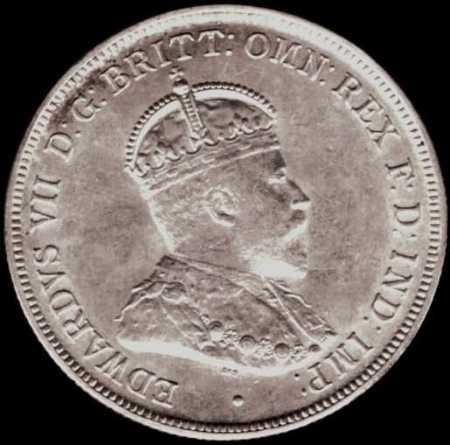
1. Obverse of a 1910 florin depicting Edward VII. There are 167 rim beads. Designer was George W. De Saules.
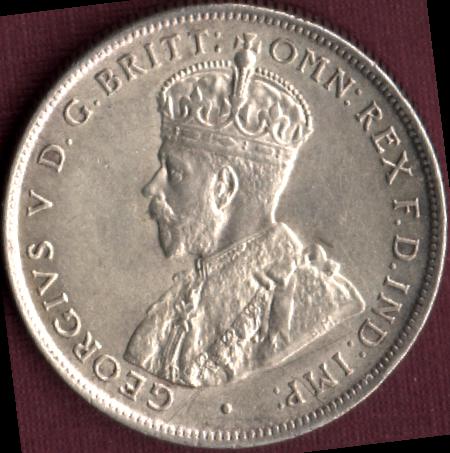
2. This image shows the obverse of a 1917 florin but is typical of all the George
V florins. It was designed by Sir Edgar B. Mackennal. There are 168 rim beads.
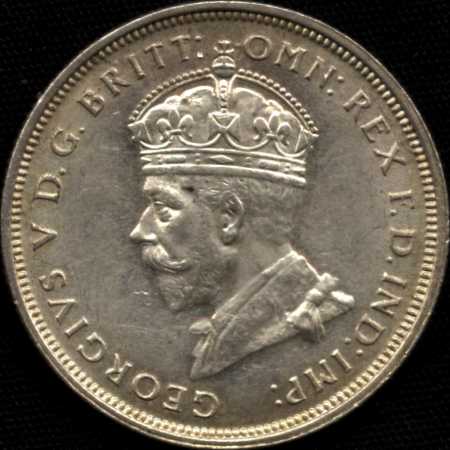
3. Another die designed by Sir Edgar B. Mackennal, this one was only used for the
1927 Canberra florin. It has 164 rim denticles.
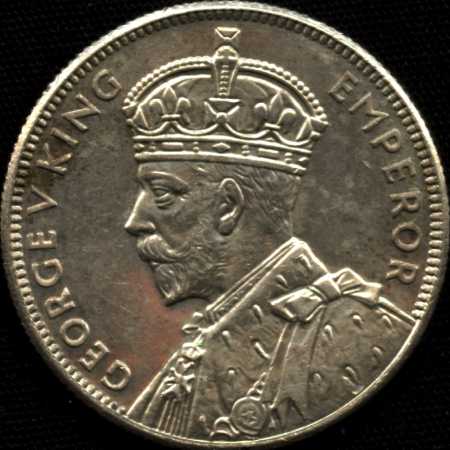
4. Another single-issue die, this one was used for the 1934-35 Melbourne Centenary
florin. It was designed by Percy Metcalf.
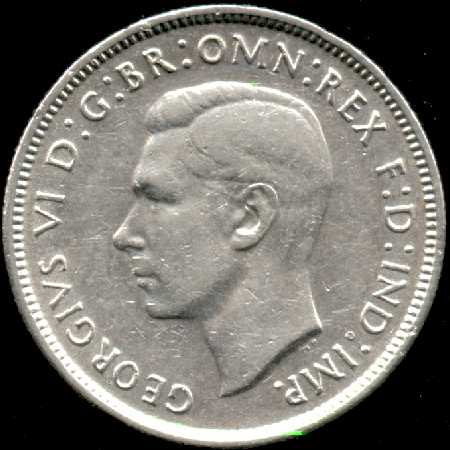
5. First of the George VI obverses. This one was used for coins minted between 1938 and 1950. The designer was Thomas Humphrey Paget. There are 146 rim beads.
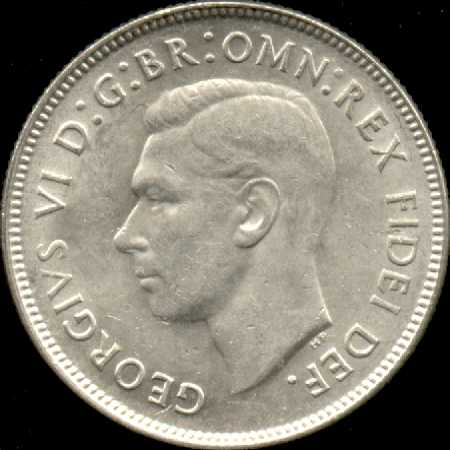
Second of the George VI obverses. IND IMP was eliminated from the legend, (necessary
because India became an independent nation in 1947) and F.D. was expanded to FIDEI
DEF. I counted 147 rim beads.
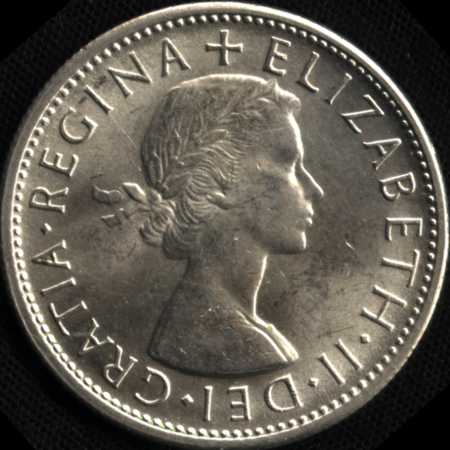
7. Obverse designed by Mary Gillick used for the early Elizabeth II florins. The
rim embellishment was changed from denticles to discrete round beads of which there
are 113.
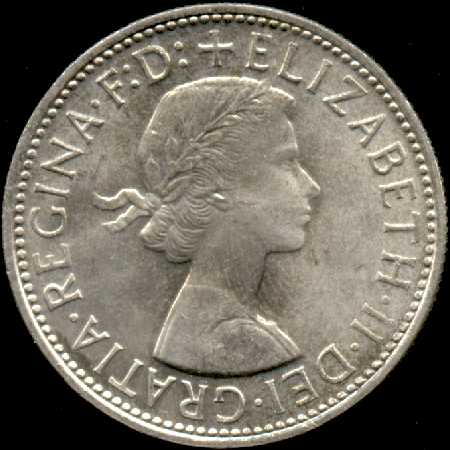
8. Same as obverse 7 except that F:D: has been restored to the legend. This was
used for florins from 1956 onwards.
Issuing mints
The early coins of the series were all minted in London but some of the 1914 issue and most of the 1915 issue were sub-contracted to Heaton & Sons of Birmingham. The Birmingham coins can be identified by the mintmark H under the date on the reverse.
From 1916 onwards florins were all struck in Melbourne with two exceptions.
In 1924, 1925 and 1926 the Sydney mint shared the job of striking florins. There is no way known to distinguish the Melbourne and Sydney minting by inspecting the coins.
During World War II there was an increased demand for coinage and the Australian mints could not handle the workload. In 1942, 1943 and 1944 a substantial portion of the florins issued were struck at the U.S. Mint in San Francisco. These florins carry an "S" mintmark in the exergue above the date.
Other Articles
The coinage of the Australian colonies 1788-1909
The coinage of the Internment Camps
The Melbourne Centenary Florin 1935

